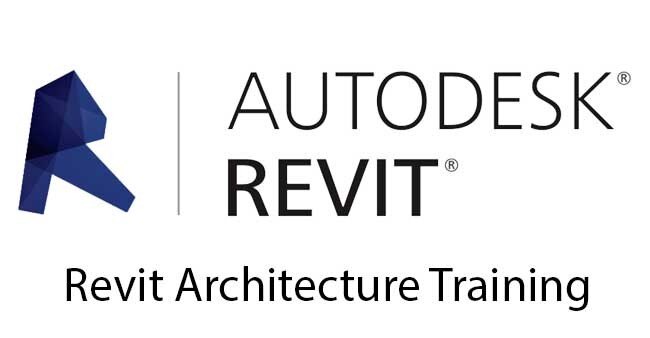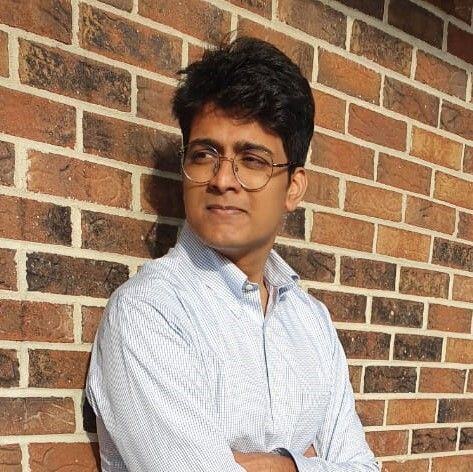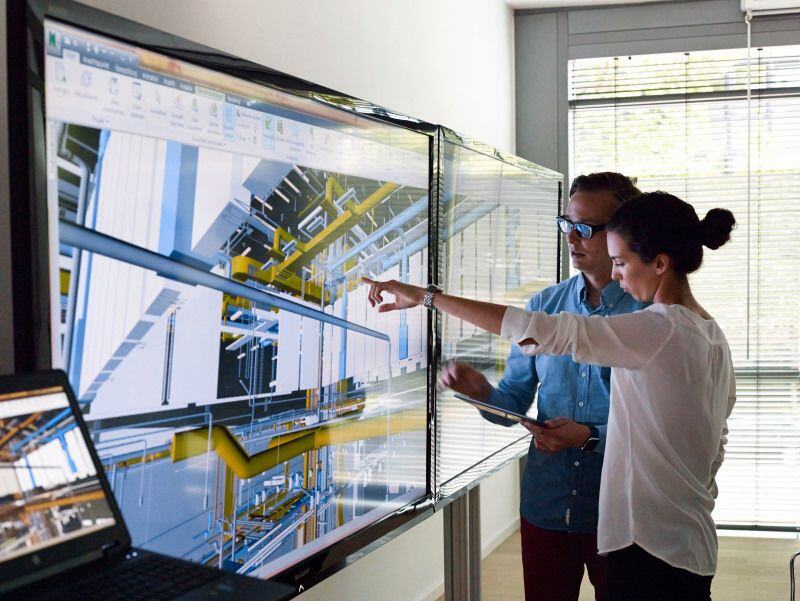Addressing the Gaping Talent Gap in the AECO Industry

Table of Contents
A news report published by The Wire suggests that India has 20,000+ architecture students graduating every year from more than 400 colleges across the country. Alongside this, India has an average of 1.5 million civil engineers graduating annually. In an ideal case scenario, these numbers should mean that the AECO industry has an extensive talent pool full of young, dynamic, and creative professionals. But, the ground reality is a far cry from this progressive aspiration. According to a news article published by India Today, the global construction and infrastructure sector is presently witnessing a 6.27% decline in employment. This lack of hiring can be credited to the fact that most AECO companies struggle to find relevant applications from young graduates that reflect a sense of industry awareness.
Is Talent Acquisition Essential for the AECO Sector?
With the global population touching the milestone number of 8 billion, it is obvious that the demand for building construction and infrastructure would increase. Architects, engineers, real estate developers, and other key players in the AECO industry will have to be more agile in providing a good quality built environment. Developing affordable housing, an effective public transportation system, and community-oriented public spaces will be the key challenges that the AECO professionals will have to address in near future.
Presently, the size of the global construction market is valued at $13,570.90 billion and is expected to increase at a compound annual growth rate of 4.6%. The revenue from the global construction market is expected to grow more than twice by 2030 reaching the significant figure of $14.4 trillion. Further, the construction sector is touted to become the largest employer by the end of 2022, with a workforce of 75 million people.
Such an expansive scale of opportunities in the AECO industry implies that the sector will need more creative minds to innovate relevant solutions. Therefore, hiring skilled and talented professionals is more of a necessity than a privilege for AECO companies.

Why Does the Talent Gap Exist?
Although hiring is essential for the AECO industry to achieve its desirable growth, the lack of a skilled and talented workforce is making recruitment a difficult job. This is because the education and training imparted in colleges are often outdated and impractical. On one end where the industry is embracing state-of-the-art technologies such as BIM, Computational Design, Big Data, Parametricism, and 3D printing; colleges on the other hand are still stuck on basic drafting, rendering, and project management tools.
While the AECO education curriculum is obsolete, the manner of imparting knowledge is no better. Generally, professors in architecture and engineering colleges are themselves unaware of the digital revolution in the AECO domain which makes them incompetent to teach the younger lot of professionals. The professors’ lack of interest to learn and teach new-age skills has further contributed to the creation of skill inertia among students.
How is the Talent Gap Impacting the AECO Industry?
A report by The World Economic Forum suggests that 34% of the workforce from global construction and real estate companies have insufficient digital skills. An article by the AEC magazine affirms that 55% of AECO firms are expected to lose market share in two years without digital transformation. This put the industry in an alarming state of affairs to find the right digitally-equipped talent and retain them for ensuring long-term success. Mentioned below are some of the key issues AECO companies are facing in the context of talent gap.
Delay in Adoption of Technology
The lack of digitalization knowledge provided in colleges suggests that young professionals have little to no idea about new-age technologies. Consequently, companies spend a significant amount of time, money, and effort training fresh recruits about industry-relevant skills. But, until the workforce is well-versed with industry practices, the sector cannot be put to a halt. As a result, most companies delay the process of technological upgradation thereby delaying their potential for growth. This puts the time ahead for leading AECO companies in jeopardy by making them unfit for the future of work.
Overworked Professionals
The unavailability of a skilled workforce puts the existing set of talented professionals in a fix as they end up overworking. Burnout has always been a pressing concern in the AECO industry and with the ever-increasing talent gap, quality employees are experiencing rapid exhaustion. For these employees, having a work-life balance appears to be a distant dream. Trained employees working late into the night are experiencing creative blocks and work-related anxiety. Therefore, talent retention has become a severe issue due to the physical and mental strain faced by skilled employees.
Gap in Productivity
The global construction sector in comparison to the global economy has a productivity gap of $1.63 trillion. Companies that are holding on to old-school methodologies are experiencing a 20%- 40% decline in productivity. The hesitance to adopt digitalization is not only costing companies more time but also more money. AECO firms who are embracing manufacturing style mass-produced structural elements are having a productivity boost of 5%-10%. It is essential for companies to rethink design and engineering processes and improve procurement and supply chain management by infusing technology and automation.

How to Deal With the Talent Gap?
Recruiting talented young professionals can be a cumbersome process. So, to begin with, companies can start identifying niche platforms, institutes, and colleges that equip students with technological knowledge in addition to conventional education. Firms can engage with leading academicians, educators, and knowledge platforms to create their talent acquisition list. This will help companies to narrow down their search for skilled professionals and build a dynamic work culture focused on employee and employer growth.
Top 7 Trends for the AECO Industry
Digital solutions are in high demand in the AECO industry as they enhance collaboration while at the same time reducing errors. Here are the top 7 trends:
1. Advanced Digital Twins
- Real-time AI replicas are high in demand due to their ability to monitor the project post-construction.
- They enhance collaboration among stakeholders while at the same time reducing the cost.
- It places all the maintenance information in one place thus easing out the project management..
2. Increasing BIM Adoption
- BIM provides an efficient solution when it comes to clash detection among stakeholders.
- It reduces friction created during an AECO project by providing transparency as a single workflow is used throughout departments.
3. AI-Based Knowledge Management
- This is a result of the shift from solution-focused to data-focused project management.
- In the near future, these AI models can be helpful in further streamlining the project by matching a BIM object automatically to its parent project.
4. Design Automation
- For Architects and engineers, virtual programming enables them to customise automation without scripting as they help reduce errors.
- It is useful in automated clash detection, automated generation of fabrication, and construction drawings.
5. Connected BIM
- It refers to the ability to connect data throughout the entire life cycle of a building or asset.
- With it, one can visualise and analyse the project during different stages and through different sources to gain insights.
- Areas such as energy consumption, space allocation, and asset performance are highly benefited by it.
6. Advanced Visualisation with Extended Reality
- It is being used to improve communication and collaboration among stakeholders to enhance efficiency.
- Moreover, VR can be further used to do virtual mock-ups and testing.
- Design prototyping is also an area that can be highly benefited from advanced visualisation.
7. Green Construction
- Passive design techniques such as natural lighting and ventilation are in high demand along with the use of renewable energy such as solar and wind.
- This change comes with a larger motive of net-zero energy buildings as the AECO industry causes 40% of all carbon emissions.
Conclusion
Novatr is bridging the talent gap in the AECO industry by providing highly skilled BIM professionals at zero cost for helping companies save time, money, and resources on hiring. The platform primarily hosts cohort-based online courses that empower AECO professionals with the skills of the future. These professionals are trained by BIM industry experts, in line with the industry standards, and equipped with international project experience.
Head over to our Hire from Us page and discover your zero-cost gateway to hiring top BIM talent.

 Thanks for connecting!
Thanks for connecting!


.png)

-1.png)





